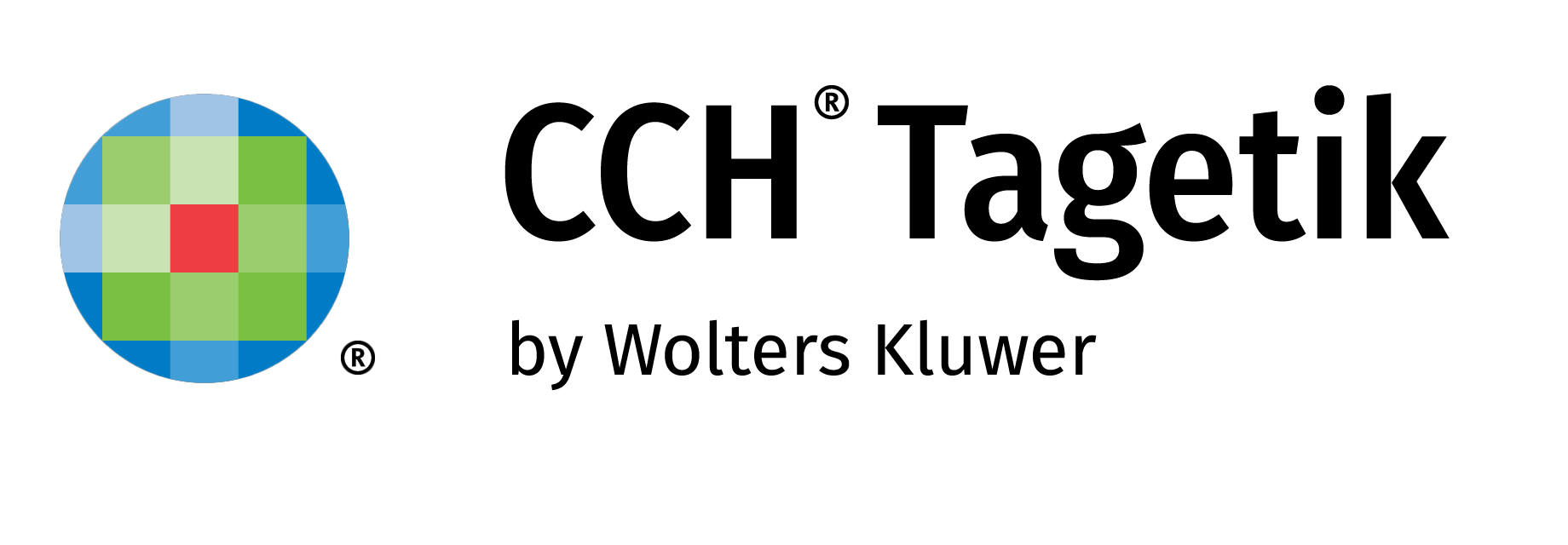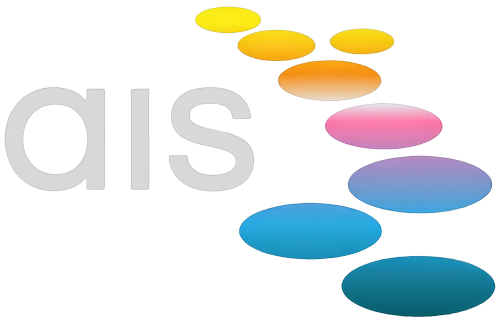The FP&A Playbook: Why Finance Needs to Stop Flying Blind
Introduction — “Forecasting with a Blindfold”
There’s a certain look finance leaders get when they’re asked for a forecast mid-quarter — part poker face, part mild panic, and part “please let the fire drill end soon.” It’s the look of someone who knows the numbers in front of them are already out of date, but can’t say so out loud without triggering another three days of frantic spreadsheet patching.
If this sounds familiar, you’re not alone. Too many FP&A teams are navigating through fog — guided by last month’s map and an optimistic guess about where the icebergs might be. This series — The FP&A Playbook — is about changing that: swapping reactive number-crunching for proactive business partnering, harnessing the right tools, and building influence across the organisation. No fluff, no jargon — just practical, battle-tested approaches you can actually apply.
Why This Matters Now
FP&A is no longer the back-office budget custodian. In a world of supply chain shocks, interest-rate swings, and shifting customer behaviour, the function is the business’s radar — scanning ahead, modelling scenarios, and guiding decisions before obstacles appear.
- Spreadsheet quicksand — Days in reconciliation before analysis even begins.
- Outdated assumptions — Forecasting as if operating models haven’t changed in years.
- Limited influence — Accurate insights that don’t land because the message doesn’t.
Where CCH Tagetik helps: one version of the truth across finance and operations, automated data integration,
and real-time scenario modelling so FP&A can spend more time guiding decisions than gathering numbers.
What You’ll Get From This Series
Think of these posts as a practical field manual for modern FP&A:
- Building rolling forecasts that adapt as the market moves — and how CCH Tagetik’s predictive tools make updates seamless.
- Escaping Excel dependency with integrated planning platforms.
- Designing driver-based models that connect operational decisions to P&L outcomes.
- Using data storytelling to make your message unmissable in the boardroom.
- Proving FP&A’s value with metrics that resonate beyond finance.
FP&A Maturity — From Ad Hoc to Leading
| Stage | Typical Traits | CCH Tagetik Enablers | Quick Wins (30–60 days) |
|---|---|---|---|
| Ad Hoc | Heavy Excel; late insights; opaque assumptions | Data integration; basic workflow | Automate actuals load; standardise FX tables |
| Emerging | Quarterly plans; siloed inputs; version sprawl | Driver-based modelling; audit trails | Define top 5 drivers; rolling forecast |
| Established | Monthly rolling forecast; collaborative inputs | Predictive forecasting; variance analysis | Automate commentary; add scenario templates |
| Leading | Weekly refresh; integrated business planning | Advanced what-ifs; integrated P&L/BS/CF | Embed playbooks; link ops drivers to cash |
The FP&A Value Pyramid
| Decision Impact (Partnering, options, timing) |
| Insights & Storytelling (Why it happened, what to do) |
| Forecasts & Scenarios (Rolling, driver-based, what-if) |
| Data Integrity & Governance (One truth, audit trail, controls) |
Build from the bottom up: data → forecasts → insight → decisions. CCH Tagetik supports each level.
Common Pitfalls (and Simple Escapes)
- “My numbers vs your numbers”: use a single model and role-based inputs (Tagetik: shared model + security).
- Stale forecasts: move to monthly (then bi-weekly) rolling forecasts (Tagetik: driver tables + workflow).
- Endless reconciliation: automate actuals load and exceptions (Tagetik: data integration + anomaly flags).
- No clear narrative: standardise a 3-slide story — what happened → why → what we recommend.
Quick Start Checklist (Next 30–60 Days)
- List your top 5 performance drivers (price, volume, mix, FX, headcount…)
- Centralise assumptions & rates in a shared table
- Automate the actuals load into your planning model
- Introduce a rolling forecast cadence
- Adopt a storytelling template for all packs
- Track two metrics monthly: cycle time and forecast accuracy
Metric That Matters
“Top-quartile FP&A teams spend 75% of their time on high-value analysis, compared to 25% in the bottom quartile.” — McKinsey & Company
The Next Episode is available --> click through to FP&A Playbook: 1 Evolving Roles

